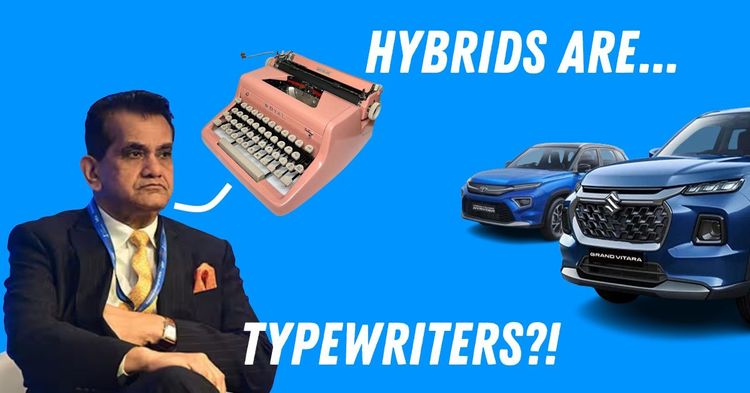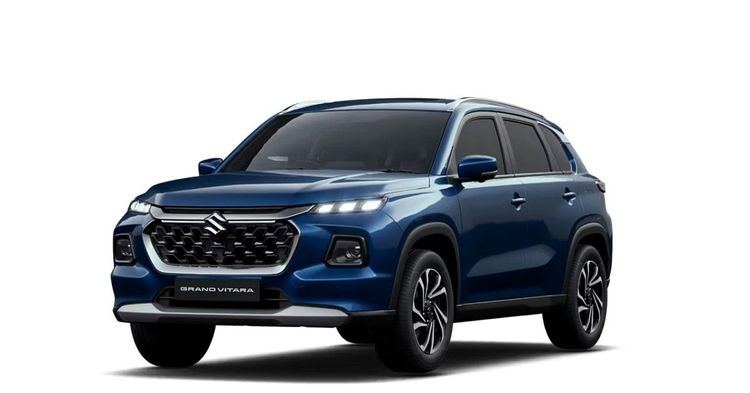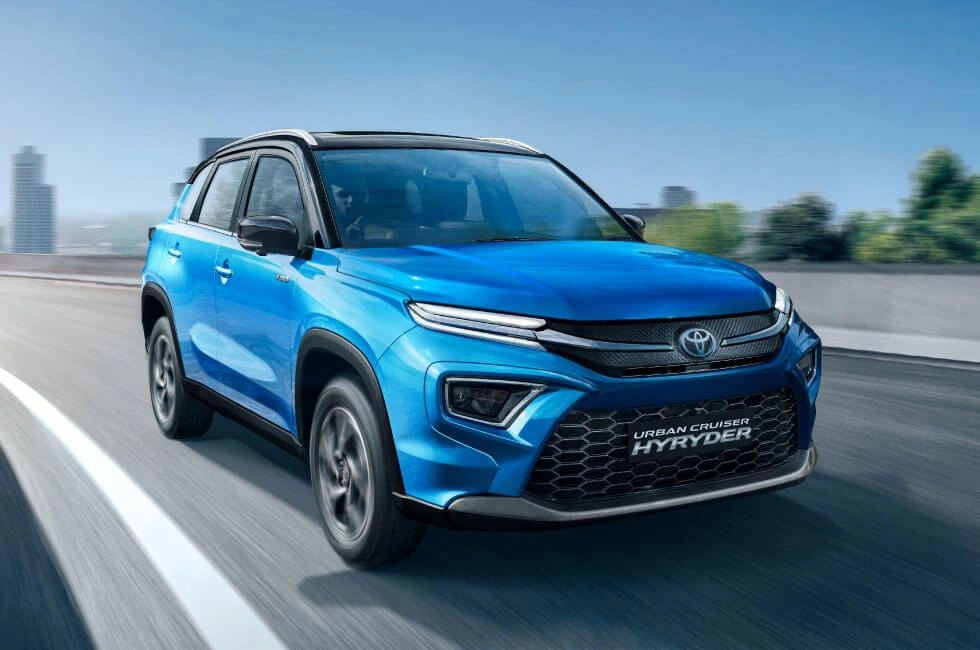Former NITI Aayog chief Amitabh Kant urges PMO to skip hybrids and go straight to EVs


The corridors of power in New Delhi recently buzzed with a debate that could shape the future of mobility. Amitabh Kant, former NITI Aayog chief and a leading voice in India’s policy circles, sent a pointed message to the Prime Minister’s Office: promoting hybrid cars today is akin to investing in typewriters when the world is moving to smartphones. In a letter dated June 2, Kant urged the government to resist the temptation of “technology-neutral” policies that treat hybrids, CNG, flex-fuel, and battery electric vehicles (BEVs) as equals. He warned that this approach risks diluting the nation’s strategic push for zero-emission mobility and could undermine the clarity needed for long-term industrial investment. “Continuing to promote hybrids or ICE technologies is like investing in typewriters during the rise of AI-driven smartphones,” he wrote, making his stance unmistakable.

Kant’s analogy is more than just a clever turn of phrase. It reflects a critical crossroads: should the country leapfrog directly to electric vehicles (EVs), or take a slower, hybrid-powered detour? As the world’s third-largest automobile market, the choices made now will echo for decades.
At the heart of Kant’s argument is the belief that hybrids are a transitional, not transformational, technology. While hybrids do offer better fuel efficiency than traditional petrol or diesel cars, they still rely on internal combustion engines. For a country grappling with severe air pollution and ambitious climate goals, this halfway measure may not suffice. Kant’s position is clear: “India’s environmental, economic and strategic goals demand that we technologically pole vault and not get caught in intermediate technologies.” He sees hybrids as legacy systems, useful in their time, but now outpaced by the promise of zero-emission EVs.
The policy framework reflects this thinking. The government currently levies a steep 48% GST on hybrids, compared to just 5% on EVs. This tax structure is designed to incentivise a rapid shift to electric mobility, ensuring that as car ownership grows, it does so in a way that aligns with clean air and climate targets. Kant has repeatedly argued that if the country wants to increase car penetration, it must go big on electric right from the start, rather than risk falling behind global trends by clinging to hybrids.

Not everyone in the auto industry agrees with Kant’s assessment. Carmakers like Maruti Suzuki, Toyota, and Honda have lobbied for lower taxes and incentives for hybrids, arguing that they are cleaner than conventional petrol vehicles and represent a pragmatic step toward full electrification. They point to strong sales growth for hybrid models and consumer interest driven by high fuel prices and stricter emission norms. Hybrid vehicle sales are projected to grow rapidly in the coming years, with major manufacturers investing heavily in localising hybrid technology.
On the other side, companies like Tata Motors and Mahindra & Mahindra, along with global brands such as Mercedes-Benz, argue that lowering taxes on hybrids could distort the market and slow the adoption of true zero-emission vehicles. They maintain that only pure EVs should benefit from government incentives, as hybrids still emit greenhouse gases and do not fully address urban air quality concerns.
For everyday buyers, the debate is not just academic. Hybrids offer a compelling value proposition: better fuel efficiency without the range anxiety that still haunts many EVs, especially in areas where charging infrastructure is sparse. Enthusiasts on platforms like Team-BHP and Autocar India note that hybrids can make sense for those with high daily usage or limited access to charging, while EVs are increasingly attractive for city dwellers with home charging options.
Yet, as more affordable and capable EVs hit the market, the gap is narrowing. The government’s large-scale procurement of electric buses has already demonstrated how scale can drive down costs, much like the LED revolution of the past decade. As battery prices fall and charging networks expand, the argument for skipping hybrids and moving straight to EVs gains strength.
Kant’s warning is ultimately about not missing a historic opportunity. Other countries have shown that early, decisive moves in new technologies can yield global leadership. If the country hesitates, it could end up a follower rather than a leader in the next era of mobility.
The hybrid vs. EV debate is not just about cars; it’s about choosing the right future. In Kant’s view, betting on hybrids now would be like buying a typewriter when everyone else is switching to smartphones. For a nation with ambitious climate goals and a hunger for technological leadership, the choice seems clear: it’s time to put away the typewriters and embrace the smartphone era of mobility.